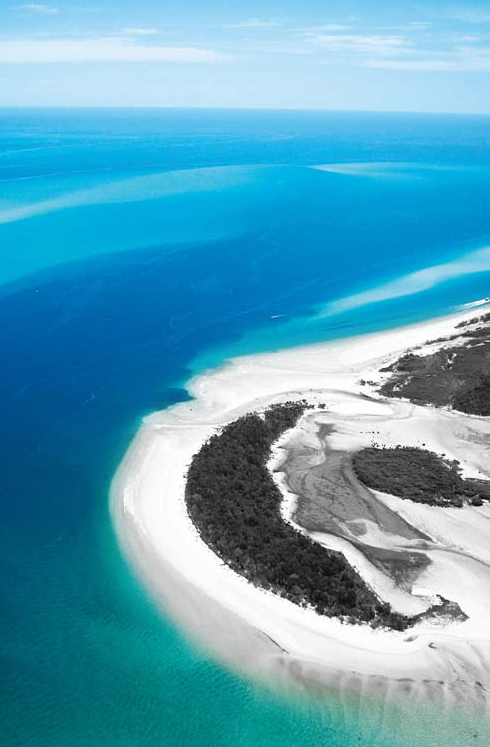Coasts hit by extreme events
 Almost half of Australia’s coastal habitat-forming ecosystems show signs of damage from ‘extreme climate events’.
Almost half of Australia’s coastal habitat-forming ecosystems show signs of damage from ‘extreme climate events’.
Researchers at CSIRO say extreme climate events are exacerbating the impact of climate change in Australian marine ecosystems causing, in some cases, irreversible impacts.
Marine heatwaves, heavy rainfall from tropical storms, cyclones and droughts have all played a role in fundamentally changing coral, kelp, mangrove and seagrass communities.
“The length of coast impacted by extreme climate events in the last decade is more than 8000 km, almost four times the length of coastline impacted by the much better known Gulf of Mexico oil spill,” CSIRO’s Dr Russ Babcock said.
“Corals, kelp, mangrove and seagrass ecosystems provide important habitat and food for thousands of biodiverse marine creatures, plus make vital contributions to the biotic productivity and resource economy of coastal habitats and nearby towns and cities.
“We’ve already seen major climate events rock these marine food webs and create changes that will take decades to fully recover from.
“Some of them are potentially irreversible.”
The CSIRO Oceans and Atmosphere research team have studied events like the 2011 Western Australian marine heatwave, the 2016 and 2017 back-to-back coral bleaching events and major cyclones like Cyclone Yasi to paint a full picture of the accumulated impact of extreme climate events.
Ecosystem modelling approaches have also been used to reveal the likely scale of these impacts into the future.
They found that ongoing human-induced climate change, such as gradual increases of sea surface temperature, are exacerbated by extreme climate events which leave most marine organisms and habitats unable to acclimatise or adapt in rapidly changing habitats.
CSIRO researcher Dr Beth Fulton said that if extreme climate events occur more often and are more intense, marine habitat recovery is unlikely to occur.
“Our modelling indicates that the average recovery time for major species groups is around 10 to 15 years. If climate shocks happen more often than this, then ecosystems may never fully recover,” Dr Fulton said.
Different types of extreme climate events can also happen concurrently or one after the other, creating additional pressures for marine ecosystems.
“In February 2011 Cyclone Yasi destroyed swathes of seagrass meadows along the north Queensland coast. When the associated flooding reached the sea the turbid and nutrient rich waters blocked sunlight preventing growth of any remaining seagrasses,” Dr Babcock said.
The team is also looking at strategies for effective adaptation.
“Adaptation responses will be required at species and ecosystem scales,” Dr Babcock said.
“Our research, for example in developing new methods for restoring coral reefs, may be one way to help maintain ecosystems.
“We have developed industrial scale methods to harvest coral spawn, grow it out in at-sea aquaculture systems and redistribute across damaged reefs.
“This is one example of a flexible and adaptable strategy that can be used to help reefs recover in the short term.
“But in the long-term adaptation efforts will need to be coupled with efforts to reduce atmospheric greenhouse gases that drive climate change.”








 Print
Print